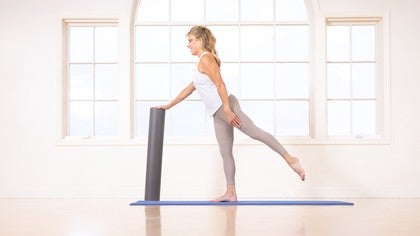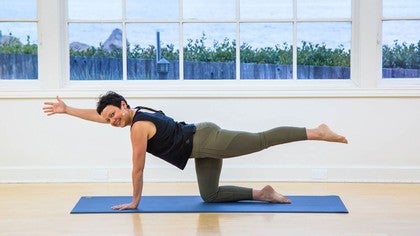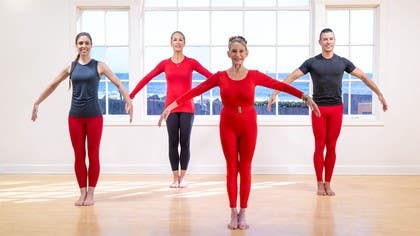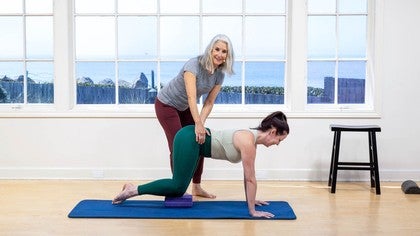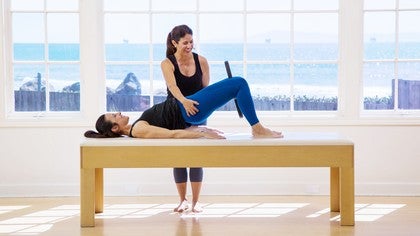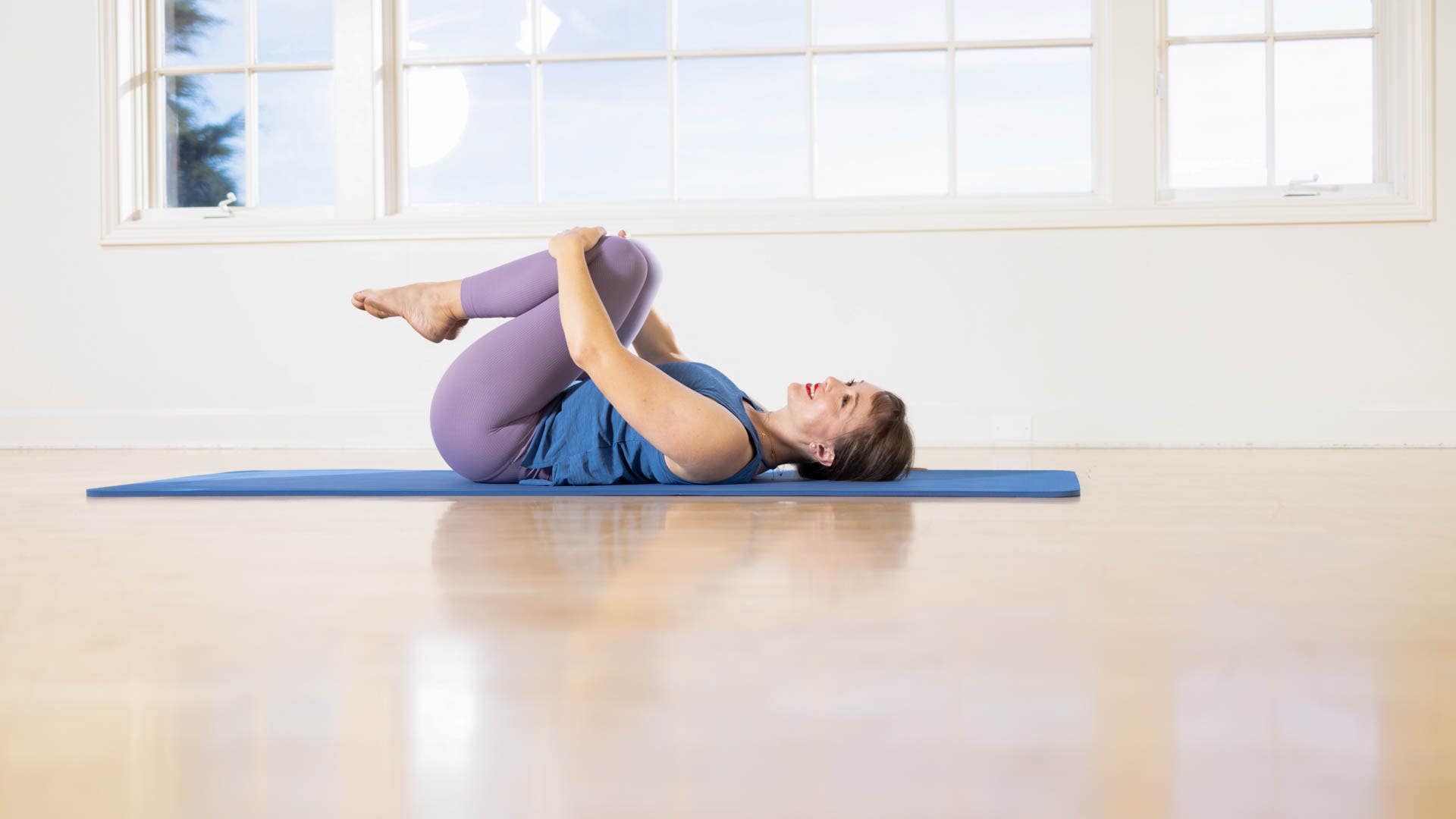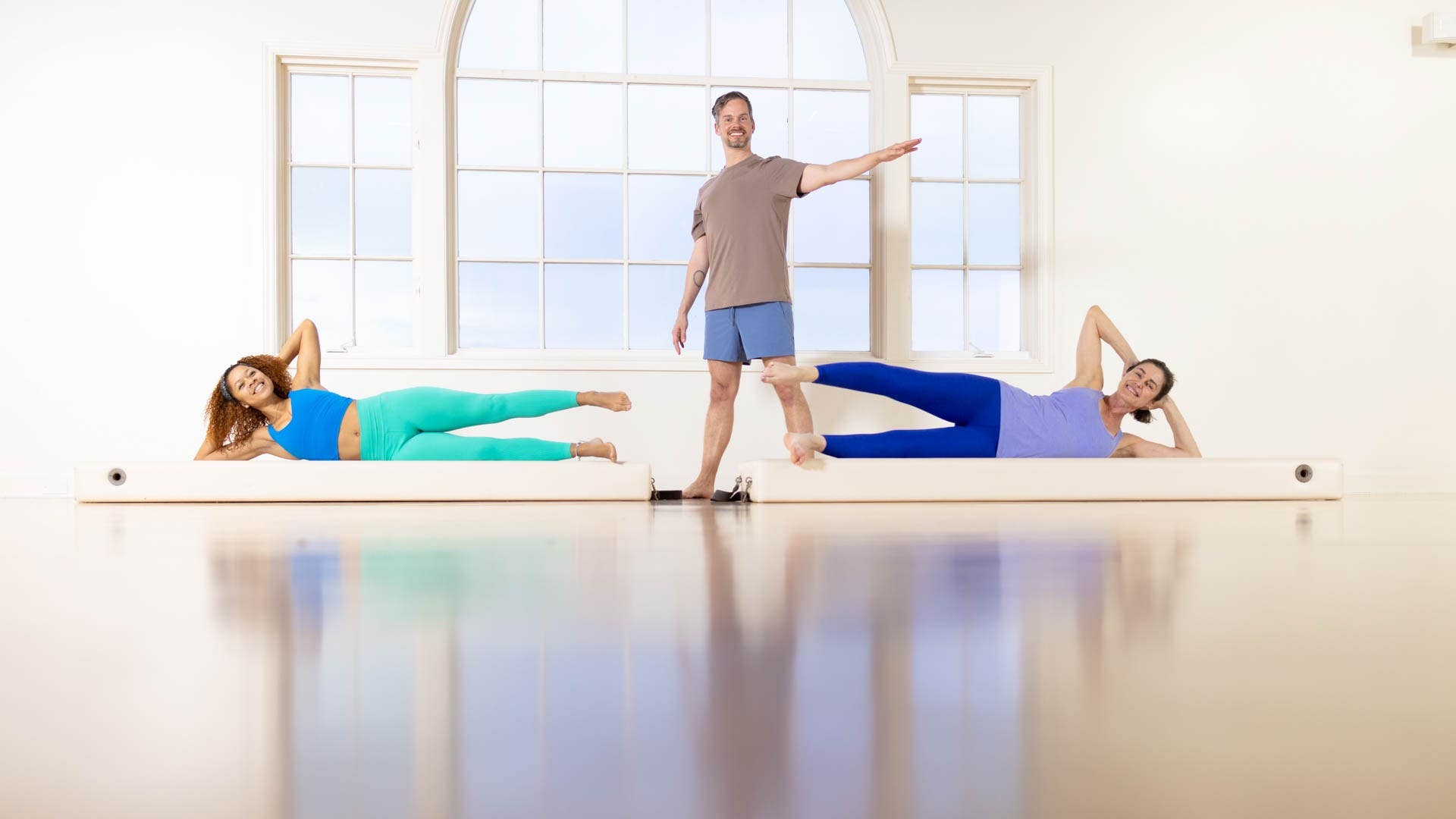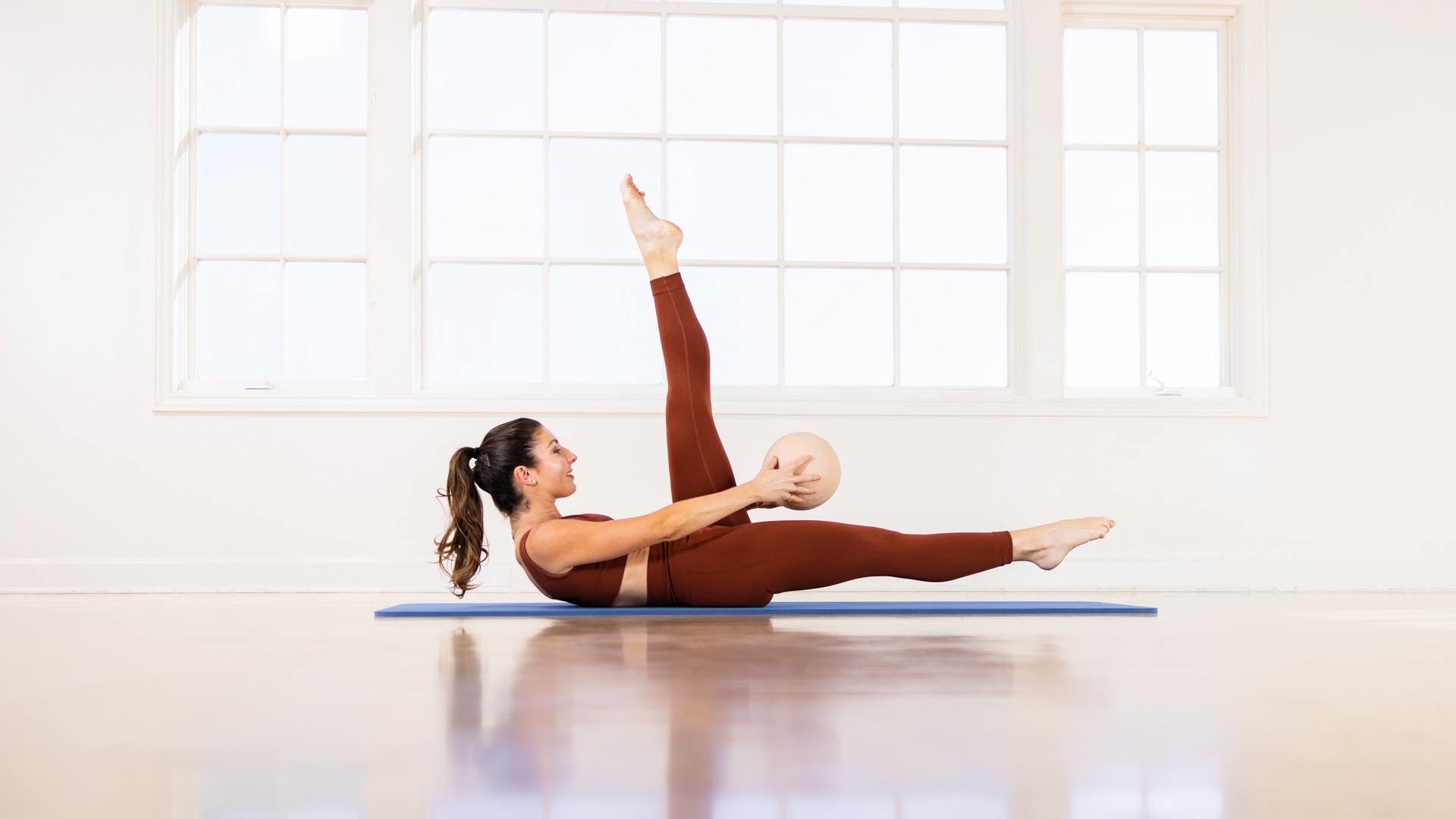
Spinal Extension: A Pilates Guide for a Healthy Back
Not only does working the whole torso create a more balanced physique, but strong back muscles are essential to accomplish spinal extension, or the action of bending the back.
The major muscle groups involved in spinal extension are the erector spinae, the semispinalis, the multifidus, and the quadratus lumborum or Q.L. These muscles are also important for side bending and rotation, but for this piece, we are looking at extension only.
Spinal extension occurs in Pilates exercises such as Rocking or Swan, as well as in yoga (think Bridge or Wheel). In classical ballet, the term "cambré" refers to the action of bending backwards from the waist, often with one or both arms and the head arching back as well. It's an essential part of the port de bras (arm movement) and a staple of barre work.
Building Flexible, Graceful Spines
Troy McCarty, a Pilates instructor in Cleveland, Ohio, has worked with many dancers, including members of the Cleveland San Jose Ballet. "Dancers have to extend their spines, so we work on lifting the chest and opening up the front of the body with exercises like Single Leg Kick and Double Leg Kick," he says.
When people talk about Pilates creating what is known as a "dancer's body," they are probably referring as much to this lifted yet relaxed and open posture, which is a result of strong, flexible back extensors as well as a strong core.
Joe Pilates famously said, "You are only as young as your spine is flexible." Spinal extension helps balance out all of the forward flexion, or forward bending, in Pilates. Think: Spine Stretch Forward, the Hundred, and the various Rolling exercises, to name just a few. Spinal extension also helps counteract the effects of hours and hours spent hunched over a desk, computer, or phone. That constant rounded posture means that our neck and back muscles get stretched, but not strengthened. That sets the stage for injury, particularly lower back injury.
Avoiding Injury to the Back
Performed correctly, exercises that strengthen the back of the body can help improve posture, prevent injury, and improve the efficiency of everyday movement (such as when we look for something on a high shelf). It's not enough to just crank the head back or thrust the pelvis forward, both of which shorten the spine.
"In Pilates, we lengthen before moving into extension which can help us avoid compressing the spine," says Gia Calhoun, vice president at Pilates Anytime. In addition, Pilates emphasizes abdominal stability, which in turn reduces the potential for back injury.
Exercises to Try
Some good exercises to work on spinal extension in the Pilates studio include Swimming, and One Leg Kick and Double Leg Kick on the Mat, the Flat Back variations in Stomach Massage, Short Box, and Knee Stretches on the Reformer, and the Cat Stretches on the Cadillac. In addition, Cat/Cow on the Mat and Push Through on the Reformer are excellent ways to work on spinal articulation, or being able to move the spine sequentially.
While the desire for Instagram-worthy abs can lead exercisers to focus on spinal flexion, ensuring that your workouts include spinal extension will keep your back healthy and happy for years to come.
What's your favorite way to practice spinal extension or back-bending? Let us know in the comments!
Comments
You need to be a subscriber to post a comment.
Please Log In or Create an Account to start your free trial.

